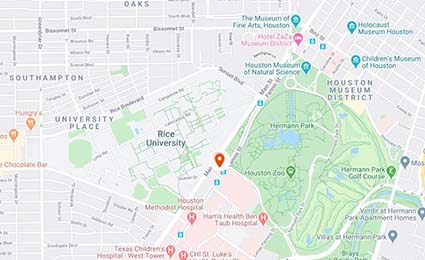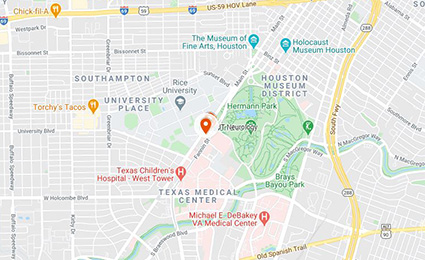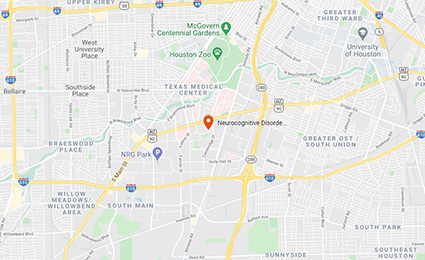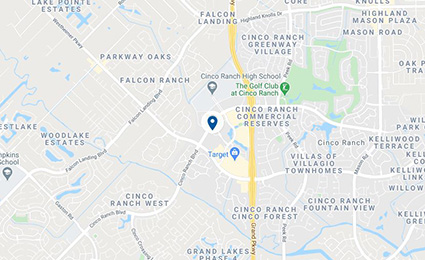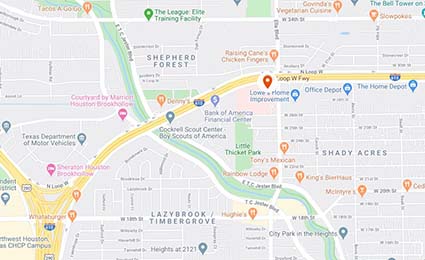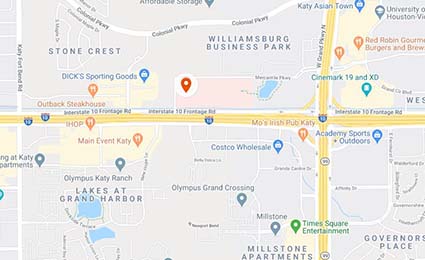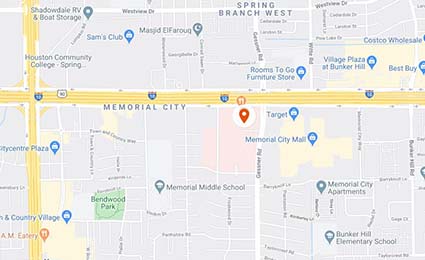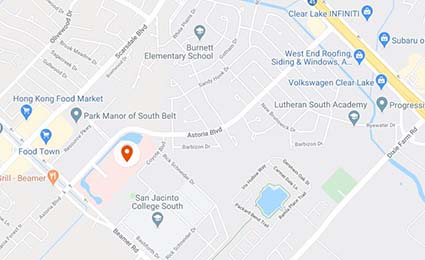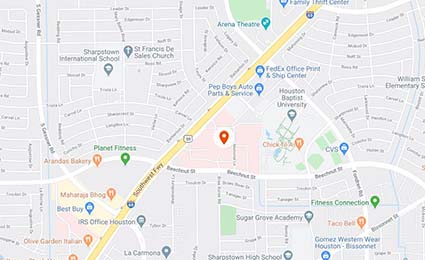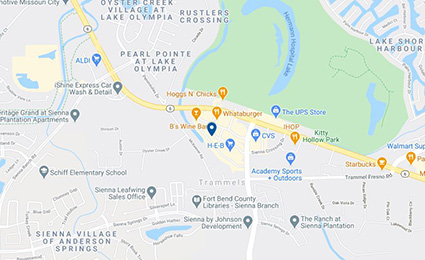Minimally Invasive Laminotomy
What is Minimally Invasive Laminotomy?
A minimally invasive laminotomy is a surgical procedure performed to relieve pressure on the spinal cord or nerve roots by removing only a small portion of the lamina, the thin bony plate that forms the back part of a vertebra. This procedure is designed to enlarge the spinal canal or nerve openings without removing the entire lamina, as would be done in a laminectomy. By preserving more of the bone and supporting structures, a laminotomy provides targeted spinal decompression while maintaining greater stability. It is less extensive and disruptive than a fusion. The minimally invasive approach uses small incisions and specialized instruments to minimize disruption of muscles and tissues, resulting in less postoperative pain and a quicker recovery compared with traditional open surgery.
Who is a good candidate for Minimally Invasive Laminotomy?
Patients may be candidates for a minimally invasive laminotomy if they have spinal stenosis or other conditions causing compression of the spinal cord or nerve roots, confirmed by imaging such as MRI or CT scan. Common symptoms include radiating arm or leg pain, numbness, tingling, weakness, or difficulty walking. Laminotomy is often recommended when these symptoms interfere with daily activities and have not improved with nonsurgical treatments such as physical therapy, medications, or epidural injections.
How is Minimally Invasive Laminotomy performed?
The procedure is performed under general anesthesia. The patient is positioned face-down on a specialized surgical table. The surgeon makes a small incision over the affected vertebra, usually one to two centimeters in length. A tubular retractor is inserted through the incision to gently separate the muscles and create a pathway to the spine. Using a surgical microscope or endoscope for magnified visualization, the surgeon removes a portion of the lamina and may also trim away small amounts of thickened ligament or bone spurs that are pressing on the nerves. The goal is to relieve pressure on the spinal canal or nerve root while preserving as much of the lamina and surrounding tissue as possible. Once the decompression is complete, the tubular retractor is removed, the muscles return to their natural position, and the incision is closed with sutures or a small dressing.
What are the benefits of Minimally Invasive Laminotomy?
Because less bone and tissue are removed compared with a laminectomy, laminotomy generally maintains more of the spine’s natural stability. The minimally invasive approach further reduces muscle disruption, blood loss, and scarring, while lowering the risk of infection. Patients often experience less postoperative pain and require shorter hospital stays, with many discharged on the same day. Recovery is typically faster, allowing for a quicker return to normal activities.
What is the recovery from Minimally Invasive Laminotomy?
Most patients can walk within hours of surgery, and many go home the same day. Pain is usually managed with oral medication, and light activity such as walking is encouraged soon after the procedure. Strenuous activities, heavy lifting, and twisting should be avoided for several weeks to allow proper healing. Physical therapy may be prescribed to rebuild strength, flexibility, and endurance. Many patients notice improvement in leg or arm pain soon after surgery, while numbness or weakness may take longer to improve. A minimally invasive laminotomy has a high success rate, but carries a small risk of infection, bleeding, nerve injury, or recurrence of symptoms. These risks will be reviewed by your surgeon prior to the procedure.
Other common minimally invasive spine procedures
Discectomy: This procedure removes a damaged spinal disc or discs to treat pain, numbness, or weakness in the legs or arms, most commonly from a herniated disc.
Spinal Decompression: This procedure relieves pressure on the spinal cord and nerves, often caused by conditions like herniated discs or spinal stenosis.
Spinal Fusion: This minimally invasive spine surgery is used to stabilize the spine by fusing vertebrae together. Screws and a rod are placed through a small incision during the procedure.
